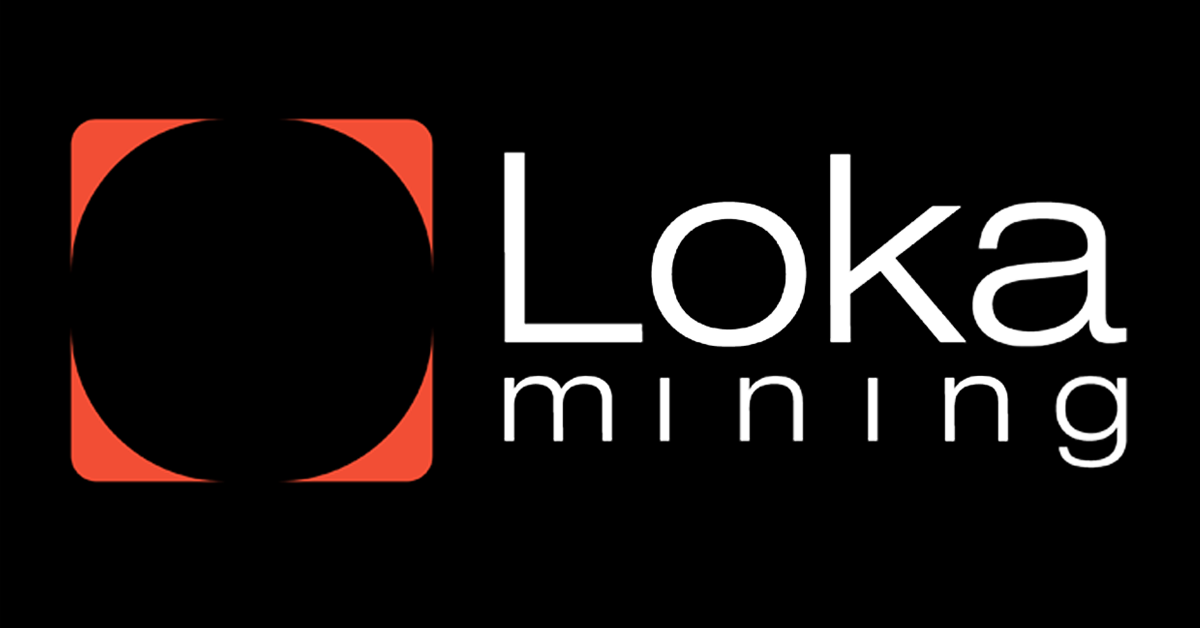Why Bitcoin ASIC Manufacturers Don't Release Machines with Maximum Hash Power Immediately

The world of Bitcoin mining is dominated by specialized hardware called ASICs (Application-Specific Integrated Circuits). These machines are designed specifically to solve the cryptographic puzzles required to mine Bitcoin. However, many wonder why ASIC manufacturers don’t release machines with maximum hash power right from the start. Instead, the release of more powerful machines happens gradually over time. This approach is influenced by several key factors that include technological, economic, and market considerations. Let’s dive deeper into the reasons behind this strategy.
1. Technological Constraints and Progress
a. Gradual Technological Development
ASIC manufacturing follows a natural technological progression. Creating more powerful machines is a complex process involving advanced research and development (R&D). The semiconductor industry is governed by Moore's Law, which suggests that the number of transistors in a chip can roughly double every two years. This doubling of transistors often leads to greater computational efficiency, but it doesn't happen instantly. It takes time for manufacturers to push the boundaries of semiconductor design and build machines with better power efficiency and higher hashrate capacity.
b. Power Consumption and Efficiency
One of the major reasons why ASICs are not immediately released with maximum hash power is energy efficiency. As hash power increases, so does energy consumption. Releasing machines with immense hash power without improving energy efficiency would make them prohibitively expensive to operate. Manufacturers need time to ensure that with each generation, the energy consumed per terahash (TH) is reduced, so that miners can maximize profits without facing skyrocketing electricity costs.
c. Thermal Constraints
Higher hash rates generate more heat. Without adequate cooling solutions, machines with higher hash power could overheat, leading to performance issues and reduced hardware lifespan. Manufacturers, therefore, release more powerful machines gradually, allowing them to design and test efficient cooling systems that can handle the heat generated by more powerful hardware.
2. Market Demand and Economic Viability
a. Meeting Market Demand
Releasing a high-performance ASIC with maximum hash power all at once could significantly reduce the demand for existing models. Many small and medium-scale miners may not be able to afford or operate machines with extremely high energy requirements. By gradually increasing hash power, ASIC manufacturers can cater to a broader audience of miners, allowing smaller-scale miners to stay in the market while gradually introducing more powerful machines for larger operations.
b. Cost of Development
Developing cutting-edge ASIC chips involves considerable financial investment in R&D, testing, and production. ASIC manufacturers often fund these activities by releasing incremental product updates. If they released the most powerful version immediately, they would lose the ability to earn revenue from mid-range models. This step-by-step product release allows companies to recover their R&D investments while continuing to fund future technological advancements.
c. Maximizing Profitability
ASIC manufacturers release hardware in stages as part of a well-planned product cycle strategy. This allows them to continuously bring newer models to market, keeping demand high and maximizing profitability. A sudden leap in hardware capability could make older machines obsolete too quickly, hurting the profitability of miners and the sales of less powerful models.
3. Competition and Market Strategy
a. Controlled Product Lifecycle
In the competitive world of Bitcoin mining, companies like Bitmain, MicroBT, and Canaan compete to dominate the ASIC market. Releasing products with gradually increasing power allows these companies to control the product lifecycle effectively. By introducing new machines with slightly higher performance every few months or years, they maintain a steady stream of demand and keep themselves relevant in the fast-evolving mining industry.
b. Avoiding Market Disruption
If manufacturers were to release ASICs with significantly higher hash power all at once, it could lead to rapid changes in the Bitcoin mining network. A large influx of high-powered ASICs would cause a sharp increase in mining difficulty, reducing profitability for those still using older models. This could lead to many miners being pushed out of the network, resulting in a sudden centralization of mining power. By gradually introducing more powerful hardware, manufacturers help maintain a more stable and distributed mining environment.
4. Bitcoin Network Dynamics
a. Mining Difficulty Adjustment
The Bitcoin network adjusts its mining difficulty approximately every two weeks to maintain a consistent block time of 10 minutes. If ASICs with much higher hash power were released suddenly, the total network hash rate would spike, causing mining difficulty to increase sharply. This would reduce the profitability of mining for everyone in the network. Releasing hardware with incremental power increases allows the network to adjust more gradually, helping miners maintain profitability over time.
b. Sustaining Decentralization
Releasing extremely powerful ASICs could also lead to the centralization of mining power. Only the largest mining operations would be able to afford or run such powerful hardware, pushing smaller miners out of the market. This would concentrate the mining power into fewer hands, which could harm the decentralization of the Bitcoin network, one of its key principles. By releasing hardware incrementally, manufacturers help maintain a balance that keeps smaller players involved in the ecosystem.
5. Long-Term Profitability for Miners
For miners, it is essential to strike a balance between the upfront cost of the mining equipment and the potential return on investment (ROI). If ASIC manufacturers were to release extremely powerful hardware right away, many miners would face significant upfront costs and operational challenges, including energy consumption and cooling solutions. By gradually releasing more powerful machines, miners have time to recoup their investment from older machines and transition to newer models without facing immediate obsolescence.
Additionally, it ensures that the market for second-hand mining hardware remains viable, as older models can still be used profitably for a longer period before being phased out.
Conclusion
In summary, Bitcoin ASIC manufacturers release machines with incremental hash power increases due to a combination of technological limitations, economic considerations, and the need to manage market demand. This approach ensures that the Bitcoin network remains stable, decentralized, and profitable for a broader range of miners. Releasing powerful hardware in stages allows manufacturers to optimize efficiency, control production costs, and cater to different segments of the market, while giving miners the ability to adapt to evolving network conditions without sudden disruptions.
This careful balance between innovation and market management is crucial to the long-term success of both ASIC manufacturers and Bitcoin miners alike.
This article presented by Loka Mining.
Loka is revolutionizing the Bitcoin mining ecosystem by directly connecting investors with Bitcoin miners through a decentralized mining pool and an upcoming permissionless forward hashrate marketplace protocol.
Loka enables investors to get Bitcoin at lower than market price without centralized & counter-party risks, and Bitcoin miners to access capital efficient financing and hedge their risk exposure by selling their future mining rewards.
Find out more about loka in https://lokamining.com — or access our mining pool aggregator on https://pool.lokamining.com





